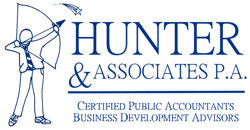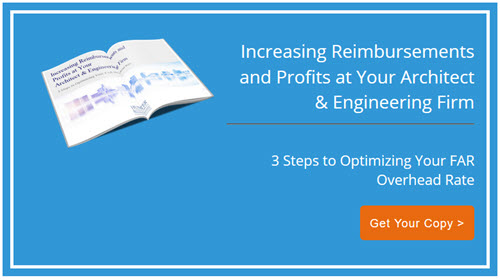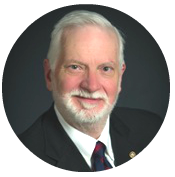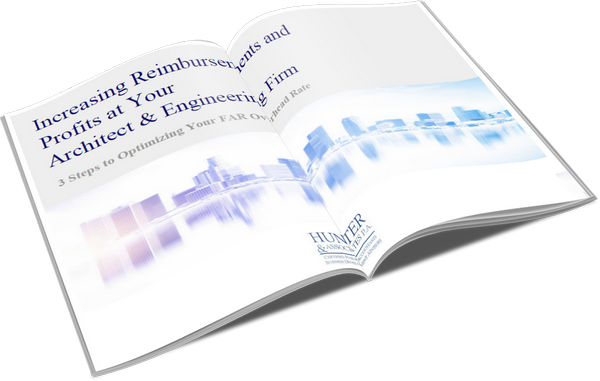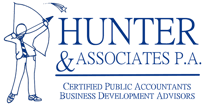Professional architectural, engineering, railroad, and utility companies who perform work for government agencies are generally required to have an independently audited overhead rate. You calculate this rate by dividing total allowable indirect expenses over direct labor but getting to this step and optimizing this result involves some effort.
It might seem as you're jumping through hoops to satisfy a regulatory body, but that's only partially true. If you're working in this space, your livelihood and success depend on your ability to be fully reimbursed for your eligible costs and make the right decisions on future contracts. These are just a few of the reasons why understanding and optimizing your overhead rate are vital.

Your Overhead Rate Calculation
The Federal Acquisition Regulations (“FAR”) 48 CFR, Chapter 1, Part 31, Contract Cost Principles and Procedures, dictates the various inputs that are used for an overhead rate calculation. Not only is your company provided with guidelines on what can be used but also what cannot be included in your overhead rate.
Some of the most important rules to understand before calculating your overhead rate are the costs that you can't include and those that you can only include "sometimes." The ones that are unallowable under just about all conditions are:
- Bad debts
- Entertainment costs, including alcoholic beverages
- Losses on other contracts
- Goodwill
- Bond discounts, interest on loans, costs of preparing and issuing stock rights, and legal and professional fees paid to prepare prospectuses
- Organizational costs
- Costs related to the mischarging of costs on government contracts
- Donations or contributions (exceptions apply)
- Costs of fines and penalties (exceptions apply)
Some expenses are partially allowable, or allowable if your company meets certain conditions. The most commonly-reviewed of these relates to compensation. Engineering consultants should refer to the National Compensation Matrix and FAR 31.205-6 to determine reasonable levels of executive compensation.
Other costs that are partially allowable include those related to idle facilities, such as rent, repair, maintenance, insurance, and property taxes. If a series of requirements are met, some relocation costs for permanent employees are also allowable.
Before You Think of Optimizing - Clean Up Your Booking House
Once you gain a working knowledge in-house of the overhead rate calculation according to FAR 31.205, you'll be in a better position to optimize this rate. But you'll be putting the cart before the horse if you don't first clean up any skeletons in your books. This isn't a game of hide-and-seek like you play with the IRS.
While they won't parallel, you'll use properly formatted internal financial statements as a basis for determining your firm's overhead rate. If you don't have this foundation, your final result will be awful.
Project your direct labor hours and direct labor costs for the twelve months ahead to create a rolling projection. In this report, you'll want to clearly show the direct labor dollars related to each of these items separately:
- Hours/dollars in backlog of ongoing projects. (Projects signed in-house).
- Hours/dollars in projects awaiting a notice to commence.
- Estimated hours/dollars in projects announced but for which a proposal has not yet been lodged.
Once you've cleaned up your internal booking and produced these projections, you'll have a preliminary figure and can take these three steps to optimize your overhead rate.
Step One: Learn to Love GAAP (Generally Accepted Accounting Standards)
The calculation and a portion of the reporting of Overhead Rates for Federal, State, and local government agencies require the basis of accounting to be accrual and certain disclosures to be according to GAAP. Examples of accruals that increase the current year’s overhead are:
- Your accountant, lawyer, and IT guy worked for you in the current year but didn't invoice you until after year-end.
- You have a hard-working group of engineers. Several didn't take a vacation this year although they are entitled to one per your employee manual. The manual allows an employee to carry over PTO. Unused PTO for the current year should be accrued.
- Leases are large multi-year commitments. Accounting for a lease is frequently overlooked. Rent escalation clauses, free rent periods, tenant improvement allowances, and lease renew options are just a few of the items that require cash basis rental payment adjustments to be compliant with GAAP.
- Similar to leases, insurance is a major expense for most firms, and the accrual expense can be very different from the cash basis payments.
Step Two: Address the Timing of Transactions and the Oddity of Ratios
The timing of your transactions has a significant impact on your ability to optimize to your overhead rate. Why? If you work with any of the state Departments of Transportation in the U.S., you'll quickly learn that the overhead rate for the current year is used to produce the next year's billings to the state.
Knowing this puts some power back in your hands. As a business owner, you can control the date that you make purchases and incur certain costs. You also decide when you will assign overhead projects, research, proposals, marketing, administrative projects, and the like to your staff.
Once you become intimately familiar with the formula for the overhead rate, two things will become clear: Costs and expenses impact the numerator. Overhead labor effects both the numerator and the denominator (if the staff assigned would otherwise be chargeable).
An excellent example is the case of a technology plan. Try this for yourself. Let's assume your growing firm is considering a major tech upgrade. It's not unusual for management and staff to spend 80 hours or more researching options and budgeting costs, not to mention the additional time spent on installation and training.
Then, you'll need to purchase the software, computers, and other hardware, perhaps in phases. Say you're going to spend $80,000 on technology equipment and $10,000 renovating your space to accommodate it. See what happens if your project is completed in a single year versus straddling a year-end and finishing in the next year. Use All-Else-Being-Equal for everything but the technology plan and implementation.
Remember to consider depreciation as you optimize your overhead rate. Depreciation allowed by FARs and GAAP is much different than the depreciation you show on your tax return. Often, income tax depreciation is greater in the early years than it is with FARS/GAAP depreciation.
For firms starting or expanding, overhead is high, mainly due to overhead labor (compared to direct or chargeable labor). Later years, with success in obtaining work, the overhead labor is lower and direct labor is higher, resulting in the overhead rate declining over time.
Step Three: Consider the After-Overhead Rate Effects
Similar to your process with income taxes, you'll want to consider the after-overhead rate effects to your business as you add another layer of sophistication to your optimization. "Maximizing" your overhead doesn't necessarily make sense since you are only being reimbursed for your overhead and aren't meant to profit from it. But optimizing it should be the goal, which involves including all allowable overhead and disallowing any items that shouldn't be included.
Your overhead rate, when it rises or falls from the prior year's result, will impact whether amounts specified in contracts are overstated or understated. Even if your firm can't necessarily segregate all disallowances during the year, management should be able to estimate its FAR overhead rate by understanding how it relates to the overall firm overhead rate.
For example, the company's historical overhead rate is 150%, and disallowances under FAR are roughly 10%, so your firm can use this data to estimate its FAR overhead rate if, for instance, the overall overhead rate increases to 160% or falls to 140%. This can help reduce surprises when preparing for an annual FAR audit as well as help your company negotiate the best deal with upcoming contracts.
Choosing the Right CPA Audit Firm
In the past, many firms relied on consultants or CPAs to establish their overhead rate and provide a list of disallowed expenses. According to the new AASHTO Audit & Accounting Guide, this is no longer allowable.
Firms that enter into government contracts must now take full responsibility for calculating their overhead rate, meaning the knowledge must be brought in-house. While your requirements are more stringent, all hope is not lost. While these new rules might push your company out of its comfort zone, they will also give you greater insight into your numbers and result in more profitable government contracts.
You also have the benefit of an annual FAR audit, which should be performed by an experienced and knowledgeable CPA. At Hunter & Associates, P.A., we follow AICPA professional standards and have experience performing FAR audits in accordance with GAGAS.
Contact us with any questions about government contract accounting or to find out more about how we can help your firm achieve its goals.
